There’s a magical moment each day when the sun hangs low on the horizon, casting everything in a warm amber light that photographers call “golden hour.” This fleeting period transforms ordinary urban landscapes into extraordinary visions as buildings catch fire with golden reflections and shadows that stretch dramatically across streets and squares.
While this natural phenomenon occurs worldwide, certain cities seem specifically designed to capture and amplify this ethereal light, their architecture, geography, and atmosphere working in perfect harmony with the sun’s golden rays.
Here is a list of 20 cities around the world that transform into magical, glowing wonderlands during those precious minutes after dawn or before dusk.
Santorini, Greece
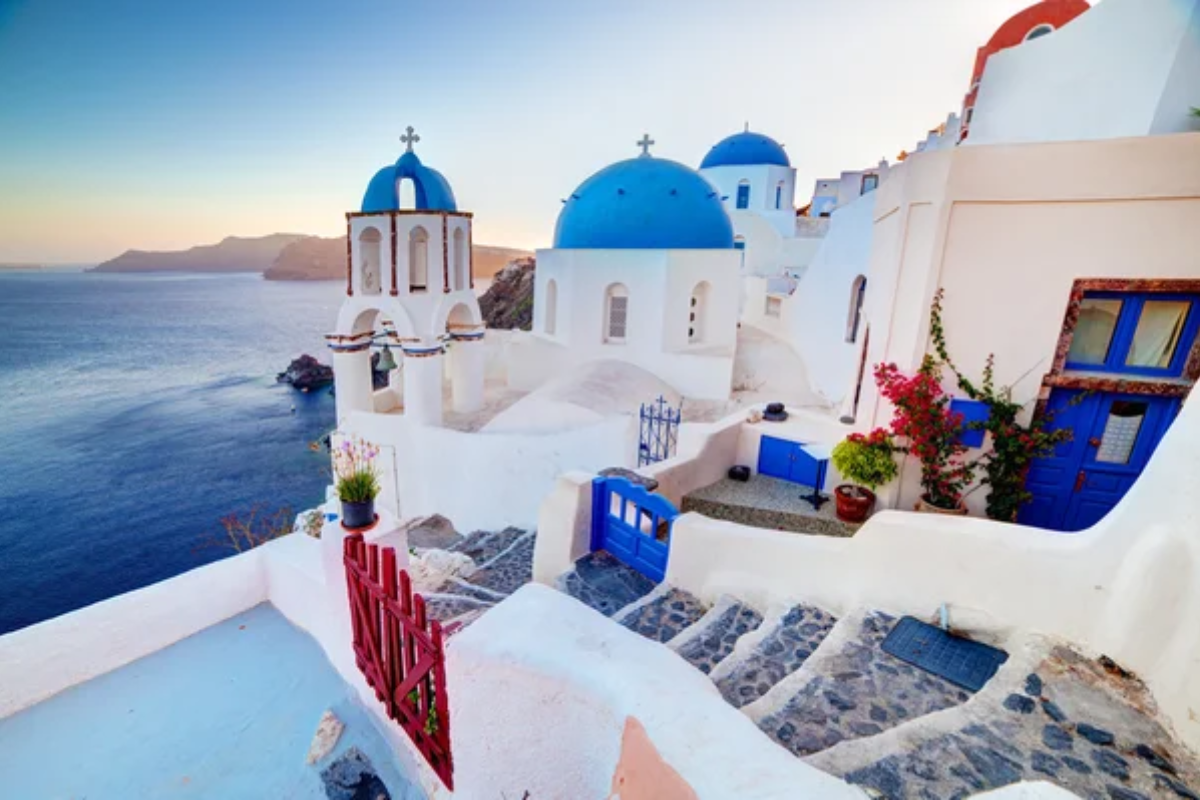
The white-washed buildings of Oia become nature’s perfect reflectors during golden hour, amplifying the warm light into a surreal glow that seems to emanate from within the structures themselves. The cascading architecture on the caldera’s edge creates countless terraces and angles that catch the light differently, producing a shifting canvas of gold, pink, and amber hues. When the sun sinks toward the Aegean horizon, the entire village appears to smolder with inner light, explaining why photographers and painters have long been drawn to capture this daily transformation.
Prague, Czech Republic
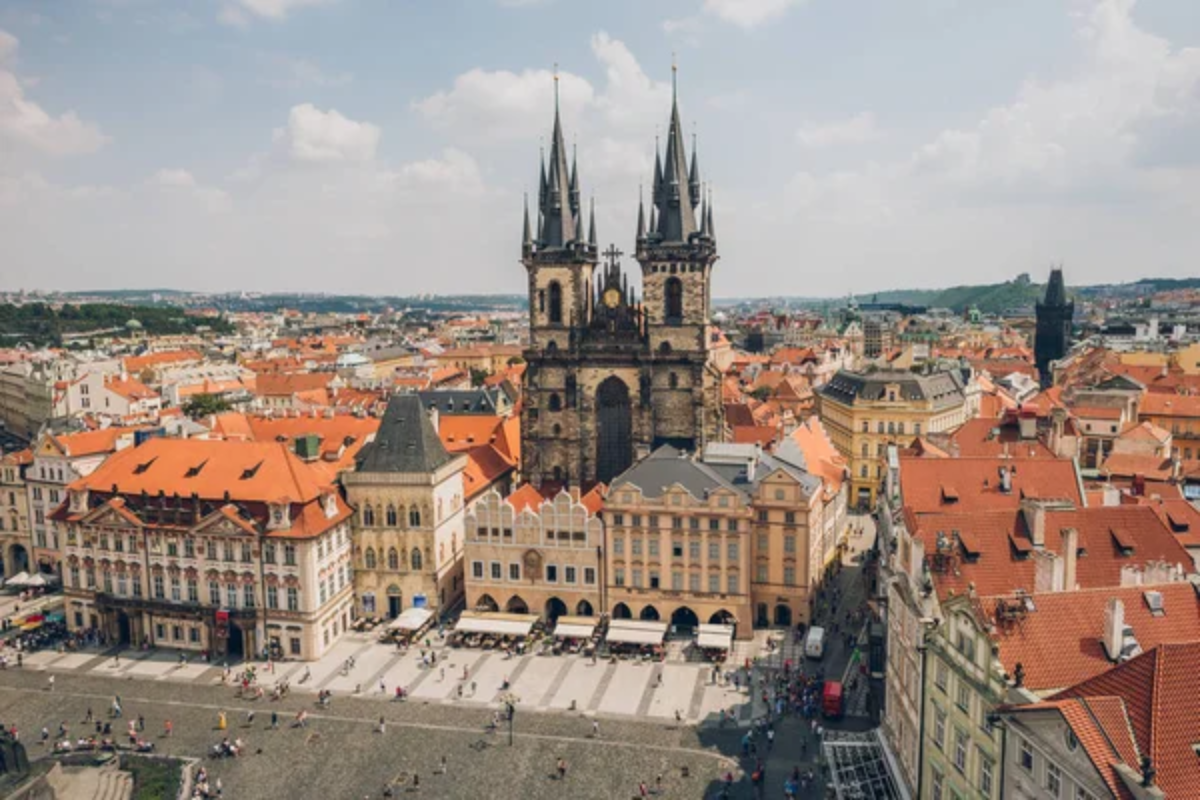
The “City of a Hundred Spires” earns its reputation during the golden hour when the setting sun ignites the copper rooftops and baroque towers throughout the Old Town. The Vltava River becomes a ribbon of liquid gold, doubling the city’s magic through perfect reflections of the Charles Bridge and Prague Castle.
The ancient cobblestone streets in the Jewish Quarter filter the angled light into honeyed beams between buildings, creating atmospheric shafts of illumination that feel almost solid enough to touch.
Like Travel Pug’s content? Follow us on MSN.
Jaipur, India
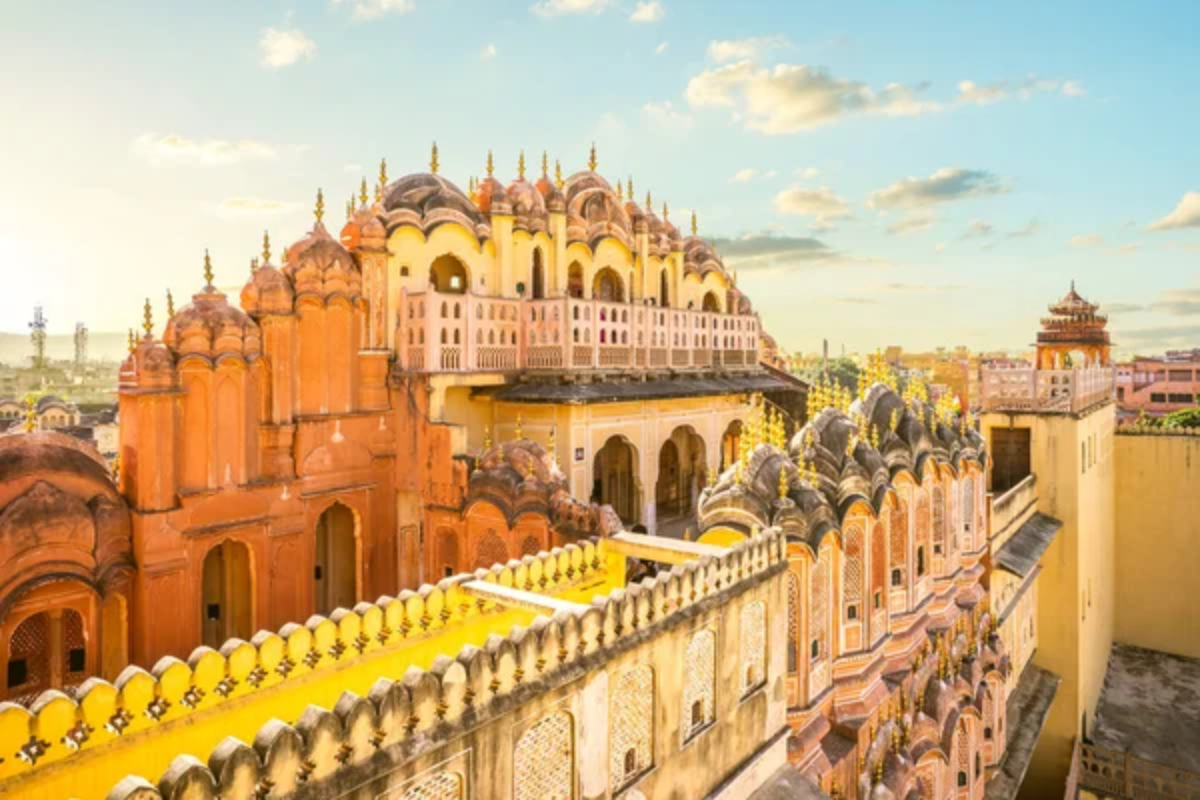
The pink sandstone that gives the “Pink City” its nickname transforms into a rich coral gold as the day’s final light washes across its palatial façades. The intricate latticework of the Hawa Mahal creates a mesmerizing pattern of light and shadow that shifts by the minute during this magical time.
From the elevated position of the Nahargarh Fort, the entire city appears to pulse with amber light as the sun’s rays hit thousands of pink-hued buildings simultaneously, creating an urban sunset unlike any other in the world.
Venice, Italy
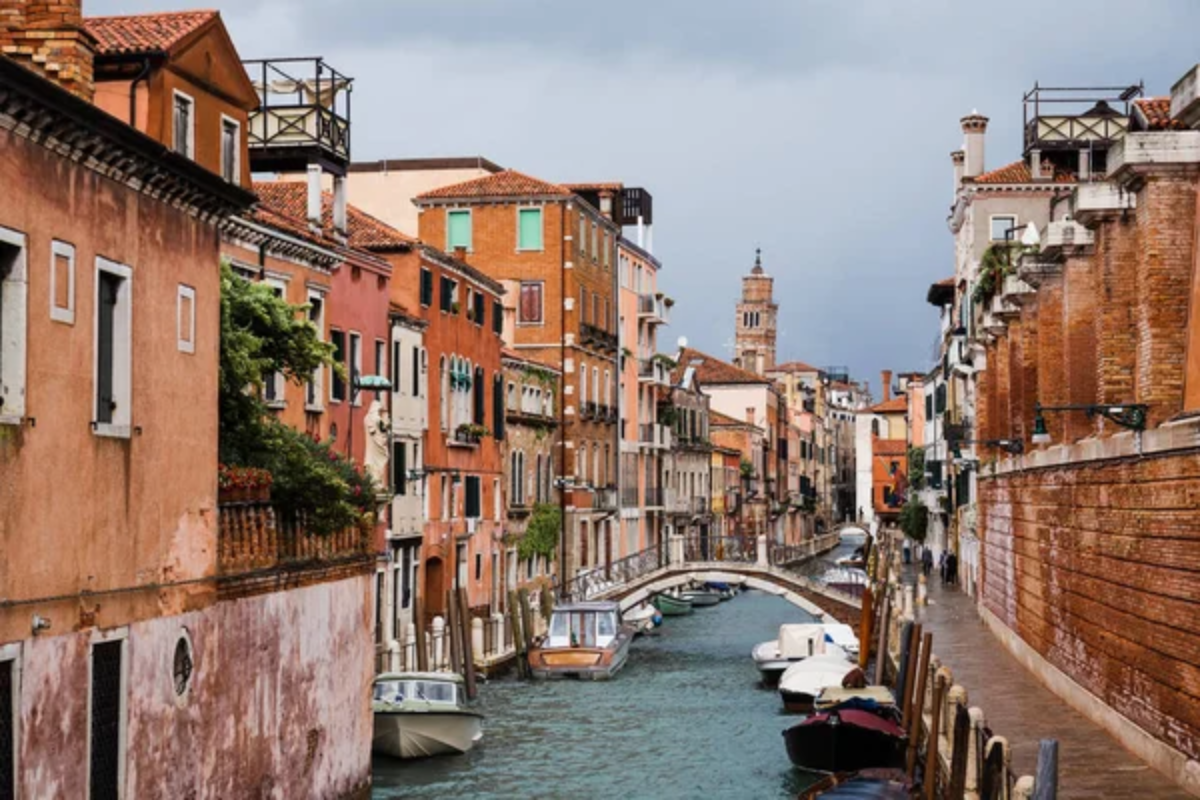
The interplay between golden light and water elevates Venice’s already-considerable beauty to something truly transcendent during the day’s edges. Morning mist often accompanies the dawn’s golden hour, creating an otherworldly atmosphere as gondolas emerge from the golden fog on canals turned to liquid amber.
The Byzantine mosaics of St. Mark’s Basilica seem to come alive at sunset, their gold leaf components amplifying the natural golden light to create a glowing facade that appears illuminated from within.
Istanbul, Turkey
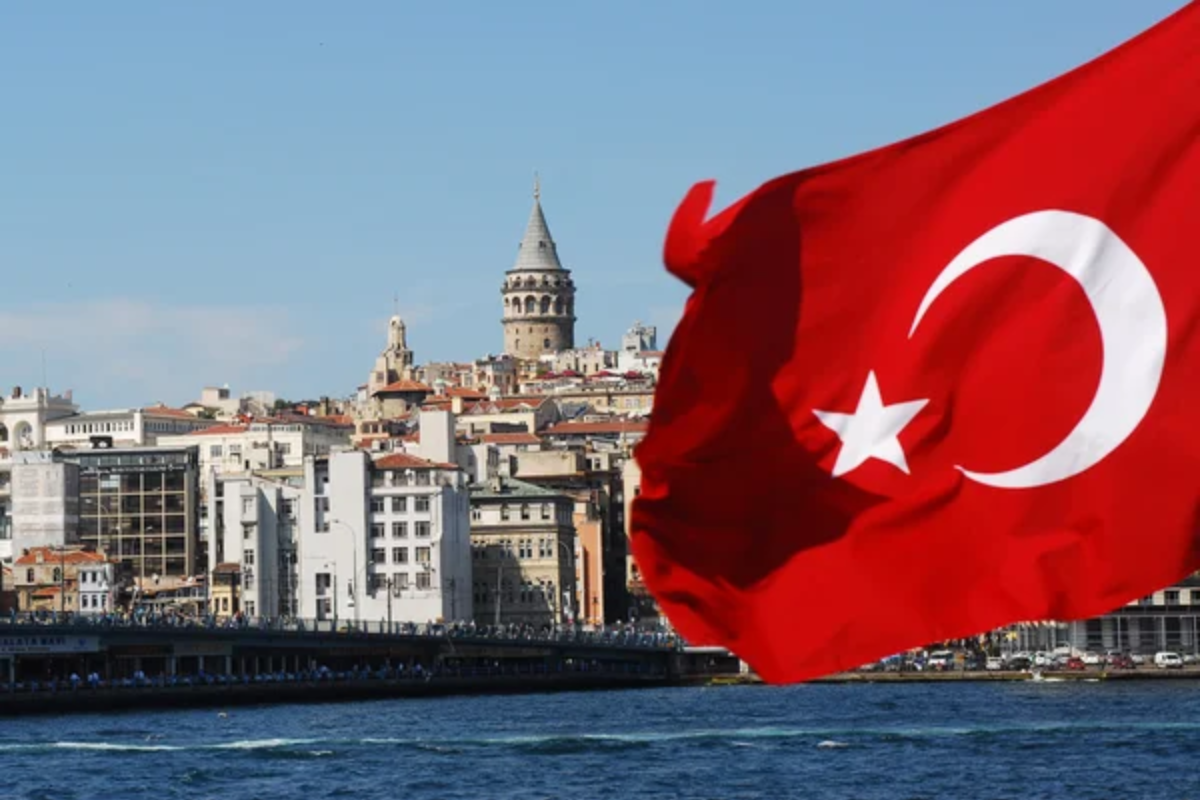
The strategic positioning of the Hagia Sophia and Blue Mosque allows them to catch the full glory of golden hour, their domes and minarets creating distinctive silhouettes against skies painted in impossible gradients of gold and purple. The Bosphorus becomes particularly magical as the setting sun creates a golden pathway across the waters that separate Europe from Asia.
Rooftop terraces throughout the old city offer panoramic views of this daily transformation as warm light bathes both the Ottoman and Byzantine architectural treasures in honeyed illumination.
Like Travel Pug’s content? Follow us on MSN.
Kyoto, Japan
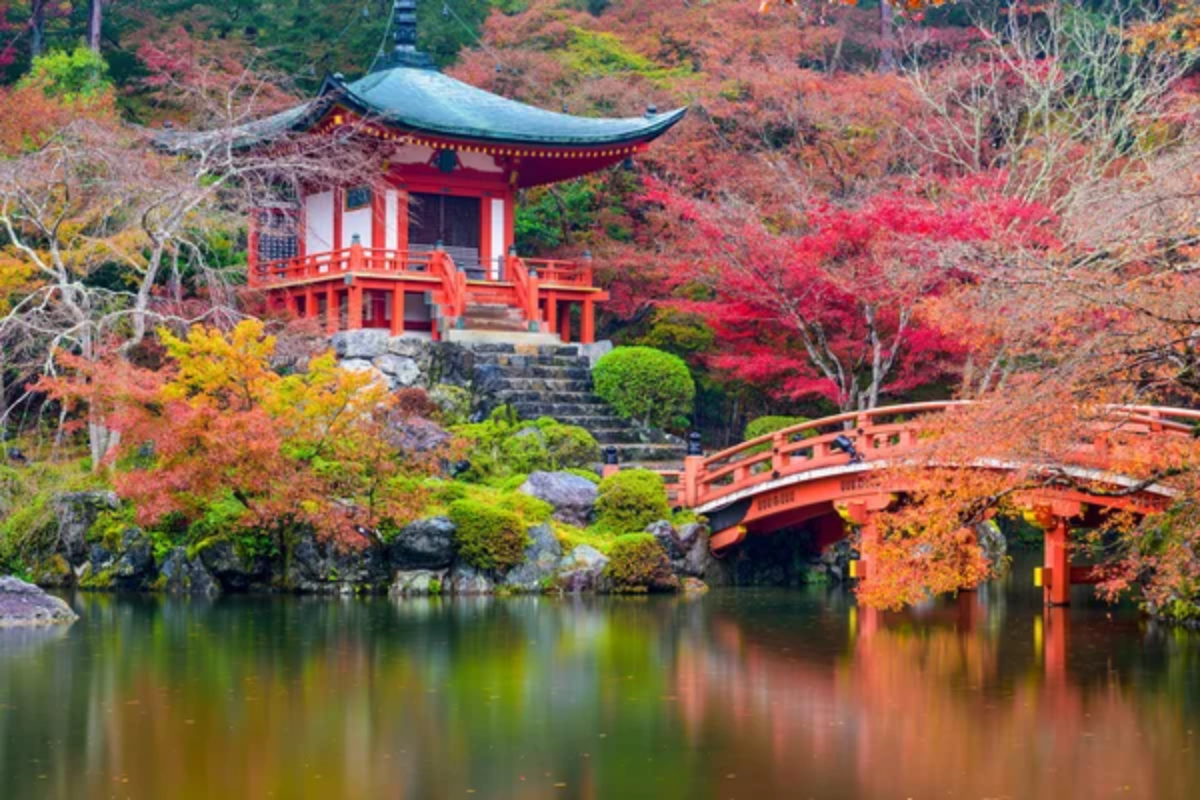
The meticulous design of Kyoto’s temples and gardens reveals an ancient understanding of how to capture and enhance natural light. Kinkaku-ji, the Golden Pavilion, achieves its most perfect state during golden hour when its gold leaf exterior harmonizes with the natural golden light, creating a seamless reflection in the surrounding pond.
The bamboo groves of Arashiyama filter the angled sunlight into ethereal rays that transform the forest floor into a canvas of light and shadow patterns that shift with every gentle breeze.
San Francisco, USA

The famous fog that rolls through the Golden Gate creates atmospheric conditions uniquely suited to spectacular golden hours. When timing aligns perfectly, the setting sun breaks beneath the fog layer, casting dramatic golden light across the city’s hills. In contrast, the fog catches this light from below, creating a multi-layered luminescence.
From Twin Peaks to Bernal Heights, the downtown skyscrapers appear to catch fire with golden reflections, while the iconic Victorian houses of Alamo Square become a technicolor display as their intricate painted details are highlighted by the warm, directional light.
Lisbon, Portugal
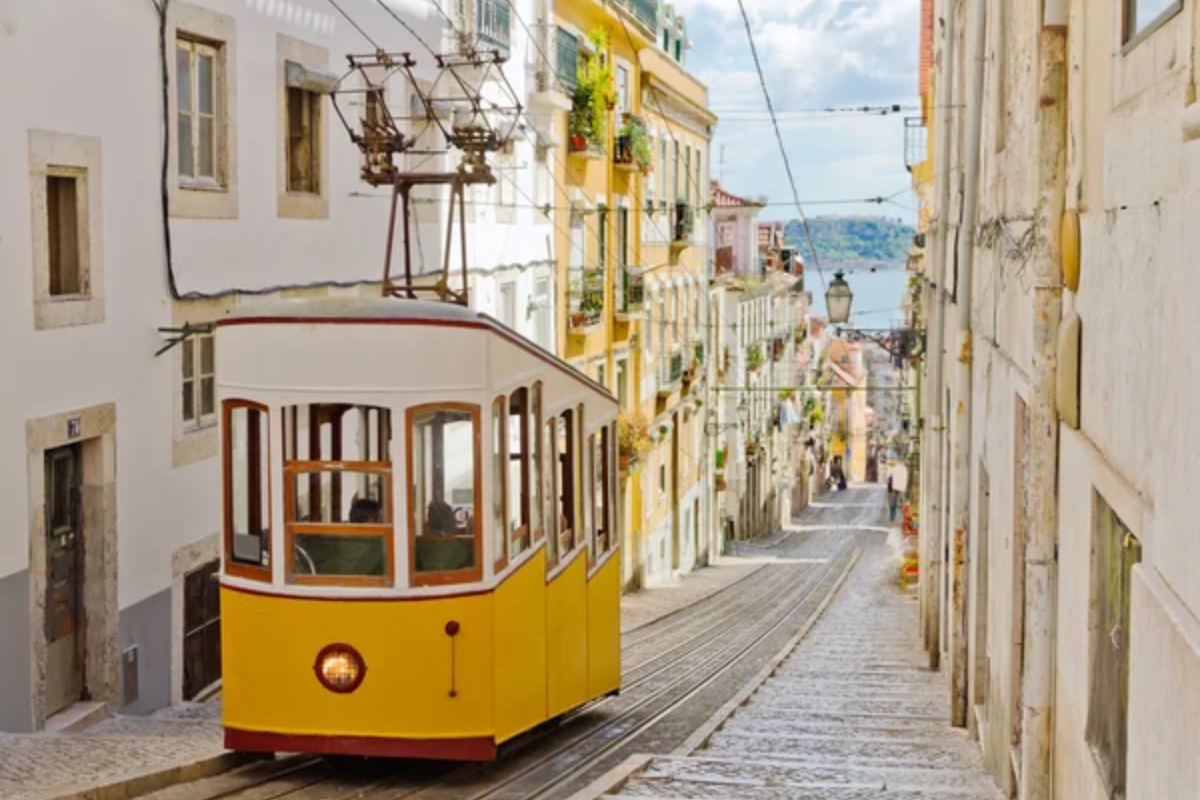
The seven hills of Portugal’s capital create natural vantage points to appreciate how thoroughly the golden hour transforms this ancient maritime city. The traditional azulejo tiles that adorn many buildings catch the warm light and seem to glow with an inner blue gleam against the amber backdrop of limestone and stucco.
From the Miradouro da Senhora do Monte, the red-tiled roofs cascade toward the Tagus River, each catching the light at slightly different angles to create a rippling ocean of copper and gold tones framed by deep purple shadows in the narrow streets below.
Like Travel Pug’s content? Follow us on MSN.
Budapest, Hungary
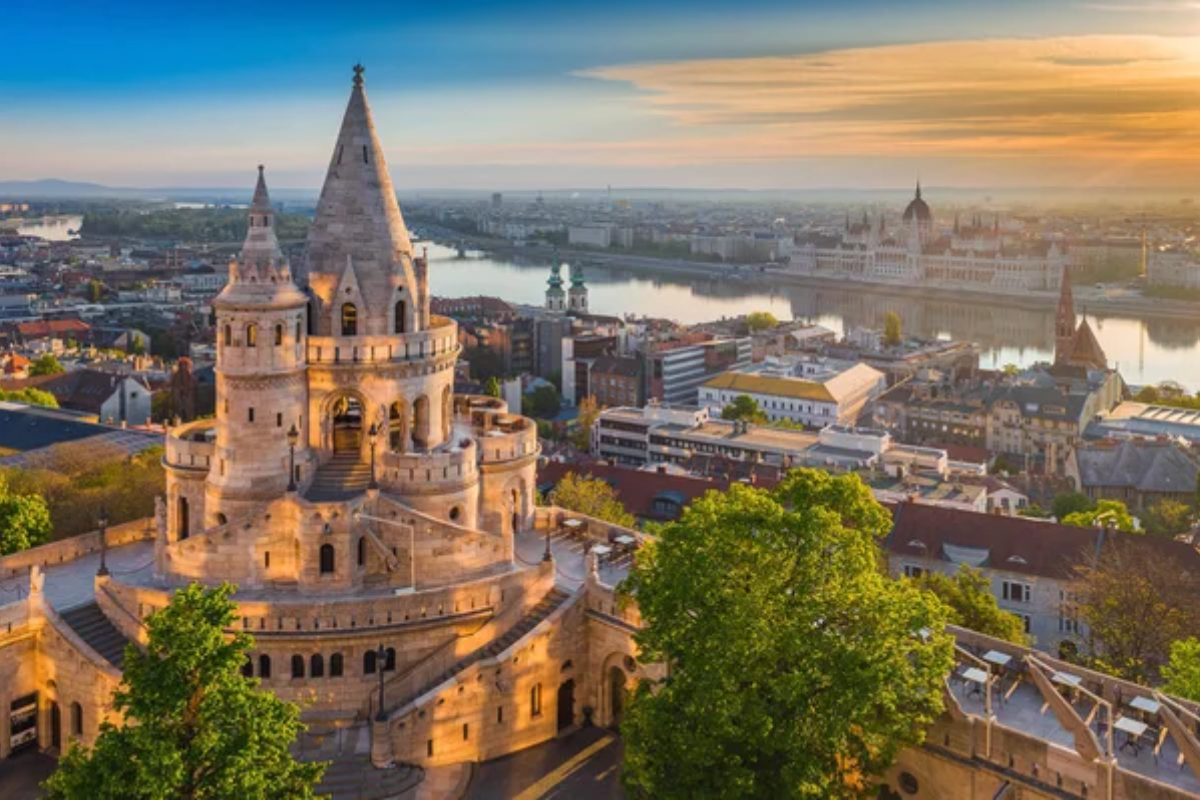
The Danube River becomes the central feature of Budapest’s golden hour, transforming into a wide, shimmering gold ribbon that reflects the grand architecture lining its banks. The Hungarian Parliament Building, with its neo-Gothic details and central dome, catches the last sunlight of the day and glows like a sandcastle crafted from amber.
From the elevated position of Fisherman’s Bastion, the city appears divided into distinct zones of gold and shadow, with church spires and monuments emerging from darkening neighborhoods as they catch the sun’s final horizontal rays.
Marrakech, Morocco

The distinctive red earth used in traditional Moroccan architecture gives Marrakech its nickname—”The Red City”—but during golden hour, these clay walls deepen to a burnished copper hue that seems to radiate stored sunlight. The contrast between illuminated walls and the deep shadows cast in narrow medina alleyways creates a chiaroscuro effect that transforms ordinary streets into theatrical spaces.
From the rooftop terraces surrounding Jemaa el-Fnaa square, the entire medina appears as a sea of terracotta catching fire beneath the Atlas Mountains, which themselves turn purple against the amber sky.
Edinburgh, Scotland
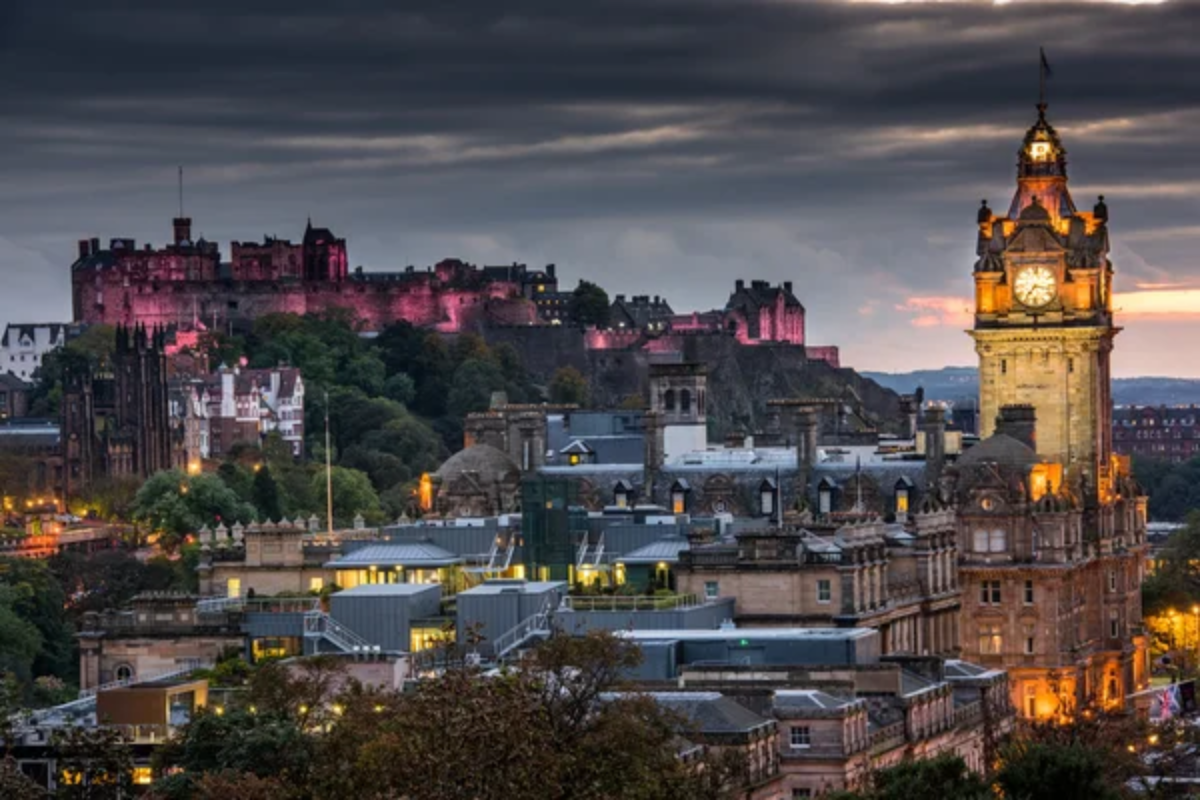
The ancient volcanic geography that defines Scotland’s capital creates dramatic elevation changes that allow golden hour light to sweep across the city in stages. The sandstone buildings of the Old Town darkened with centuries of weathering, warmed significantly during these magical minutes, and their blackened facades temporarily transformed to their original honey color.
Edinburgh Castle, positioned on its defensible rock, often catches the last direct sunlight of the day, standing in golden splendor above the gradually darkening city spread below its foundations.
Like Travel Pug’s content? Follow us on MSN.
Varanasi, India
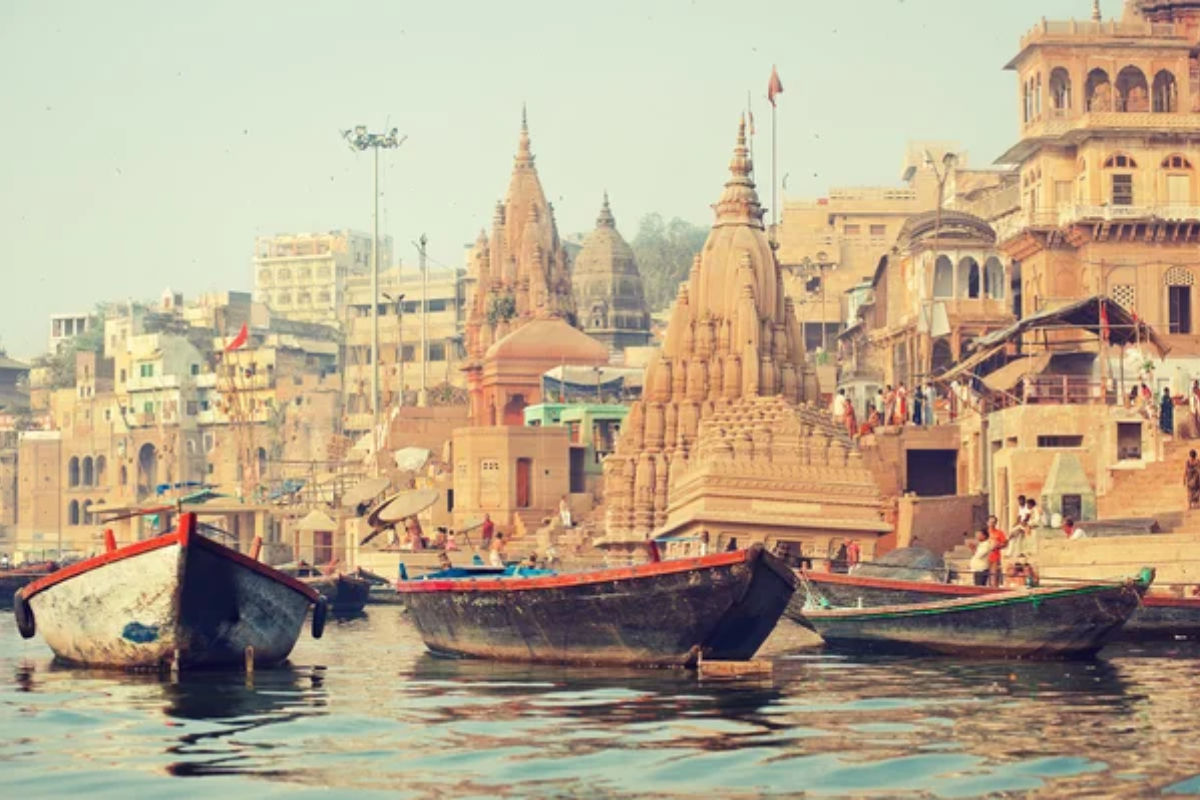
The holy city’s position on the western bank of the Ganges River creates perfect conditions for spectacular sunrises that have drawn pilgrims for thousands of years. During the morning golden hour, the ancient ghats become a vertical theater of light and shadow, with each step catching the sun at a different angle.
Rowing a boat on the river during this time offers constantly changing perspectives as the ocher, cream, and pink buildings lining the waterfront pass through various stages of illumination, while temple spires punctuate the skyline with points of concentrated golden light.
Rome, Italy

The Eternal City rises on seven hills, creating a layered landscape where golden hour progresses in visible stages across famous monuments and neighborhood rooftops. The warm travertine marble used in many historic buildings absorbs the amber light and seems to glow from within, while Roman brick turns a smoldering vermilion.
From the Janiculum Hill at sunset, the countless domes and church towers create a forest of illuminated forms rising from deepening shadow, with the Tiber River cutting through the scene like a ribbon of molten bronze reflecting the sky’s changing colors.
St. Petersburg, Russia
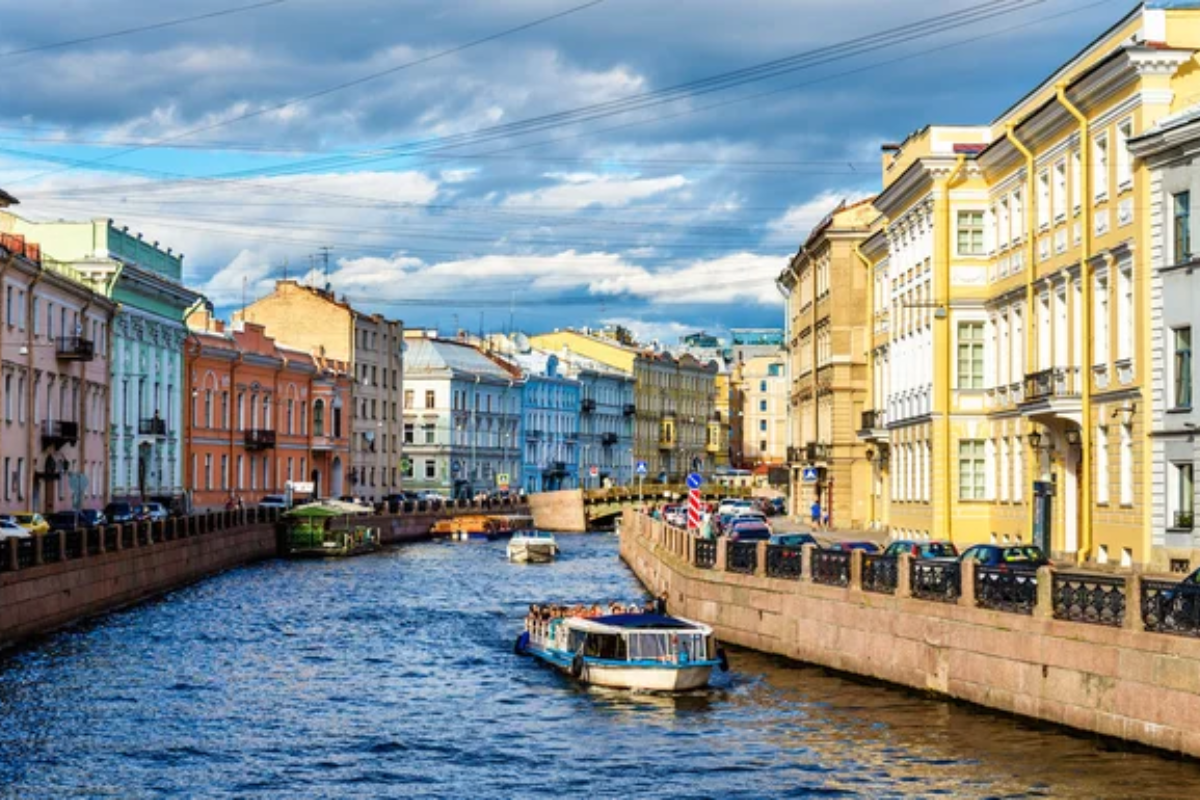
The northern position of Russia’s cultural capital creates exceptionally long golden hours during summer when the famous White Nights extend this magical light to seemingly impossible durations. The city’s pastel-colored palaces along the Neva River were designed during the 18th century with an intuitive understanding of how their facades would catch the prolonged northern sunset.
The golden spire of the Peter and Paul Cathedral becomes a beacon of concentrated light. At the same time, the gilded dome of St. Isaac’s Cathedral transforms into a second sun as it reflects the actual sunset with magnificent intensity.
Like Travel Pug’s content? Follow us on MSN.
Havana, Cuba
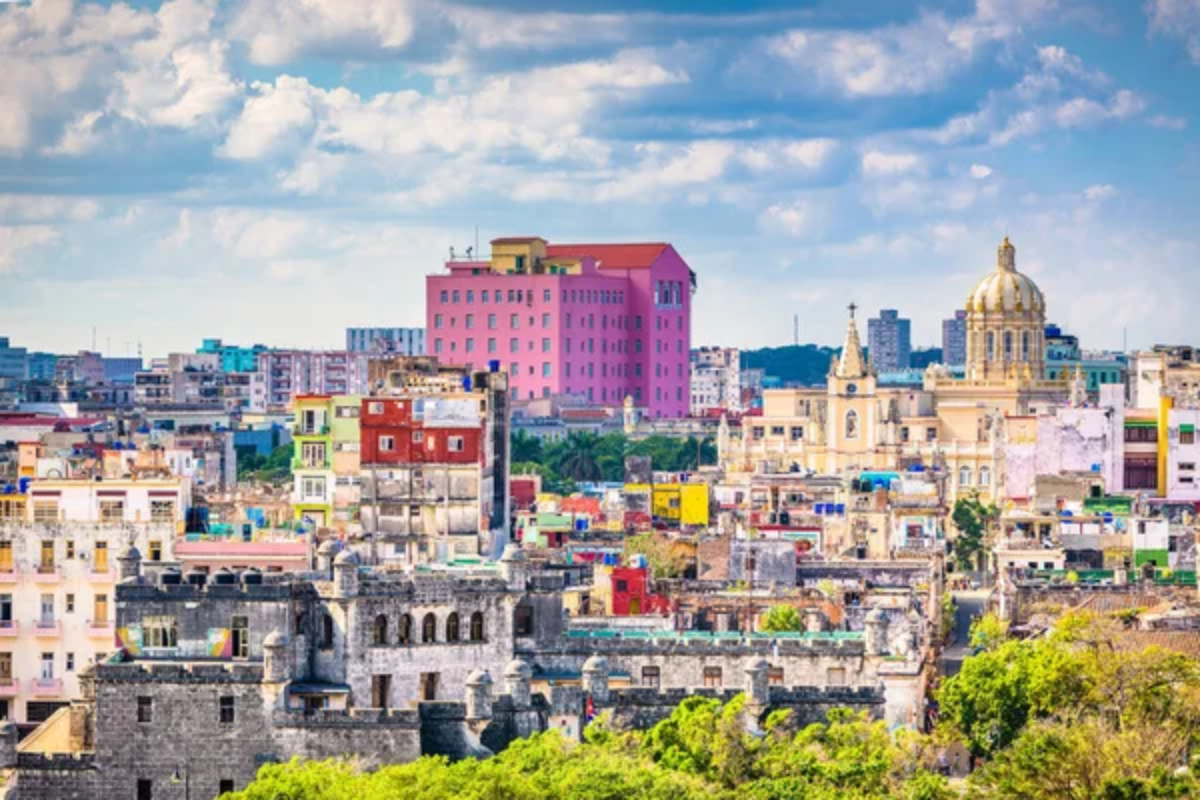
Decades of limited development have preserved Havana’s architectural heritage, creating a city that seems designed for the warm, nostalgic quality of golden hour light. The pastel-colored colonial buildings, often crumbling at the edges, absorb the sunset glow in a way that accentuates their faded grandeur.
Along the Malecón seawall, the low-angled light creates dramatic shadows while turning the ocean spray into backlit golden mist, adding atmospheric magic to the parade of vintage American cars that complete the city’s suspended-in-time aesthetic.
Udaipur, India
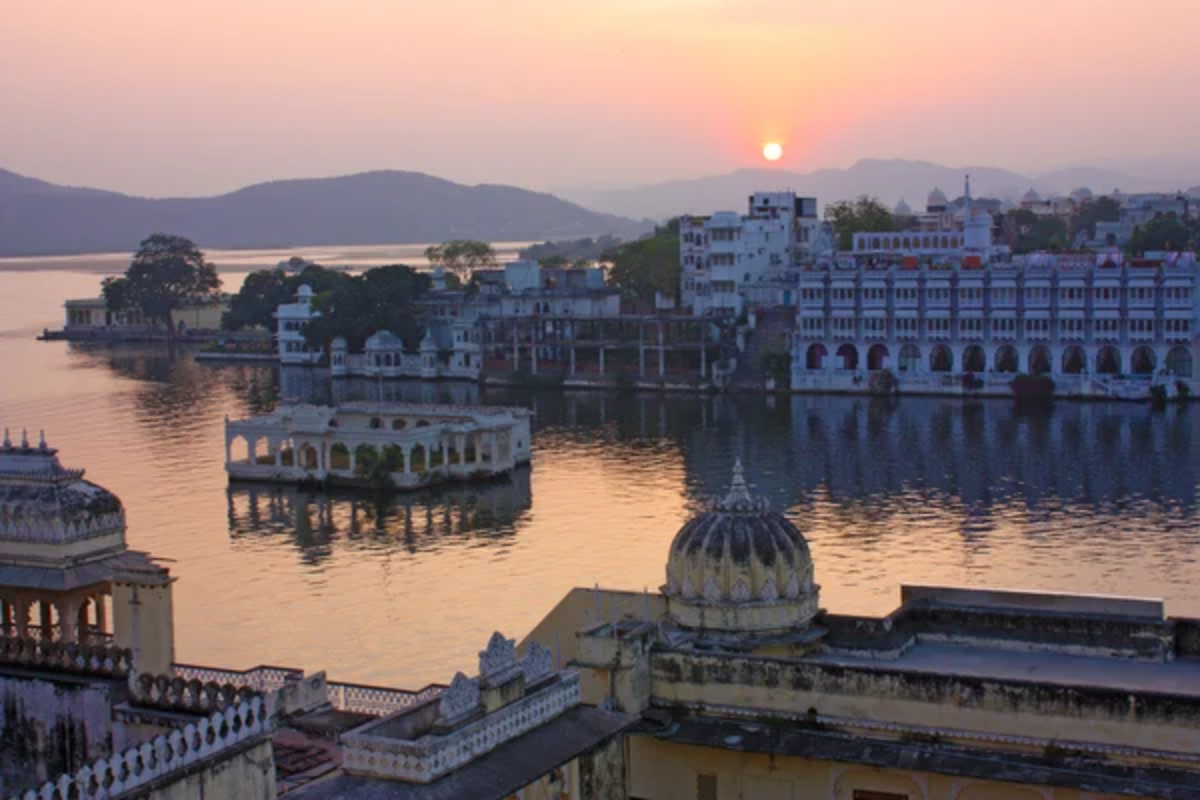
Known as the “City of Lakes,” Udaipur’s collection of palaces, temples, and havelis reflects perfectly in the still waters of Lake Pichola during golden hour. The white marble of the Lake Palace appears to absorb the changing colors of the sky, shifting from gold to rose to lavender as the sun descends behind the Aravalli Hills.
From the elevated City Palace, visitors can watch this daily transformation as the entire city and its reflecting lakes move through a carefully choreographed light show created by nothing more than perfect positioning and architectural foresight.
Porto, Portugal
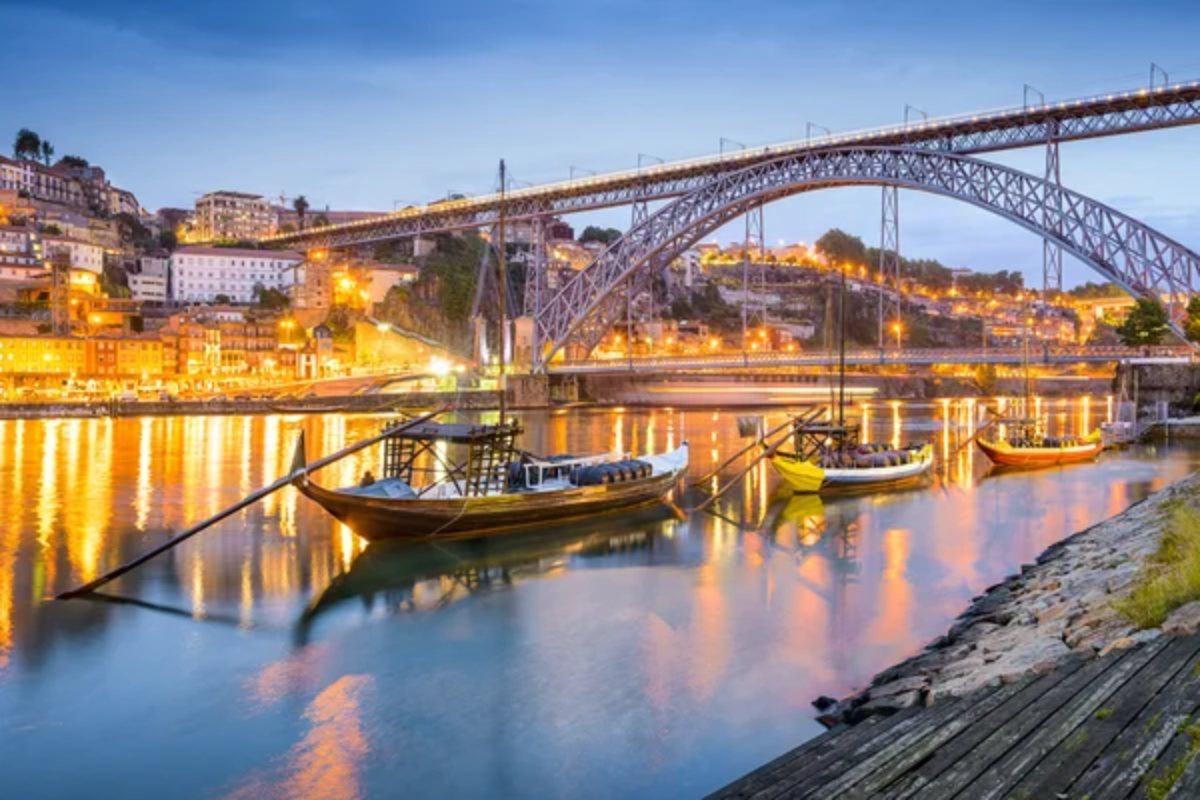
The tiered cityscape cascading down to the Douro River creates ideal conditions for capturing and reflecting golden hour light from countless angles. The traditional azulejo tiles adorning many buildings catch the warm light on their glossy surfaces, adding blue-gold sparkles to the predominantly terracotta cityscape.
The iconic Dom Luís I Bridge becomes a geometric silhouette against the water’s golden surface, while the port wine cellars across the river in Vila Nova de Gaia catch horizontal rays on their riverside façades, creating a glowing welcome to boats approaching from the Atlantic.
Like Travel Pug’s content? Follow us on MSN.
Quebec City, Canada
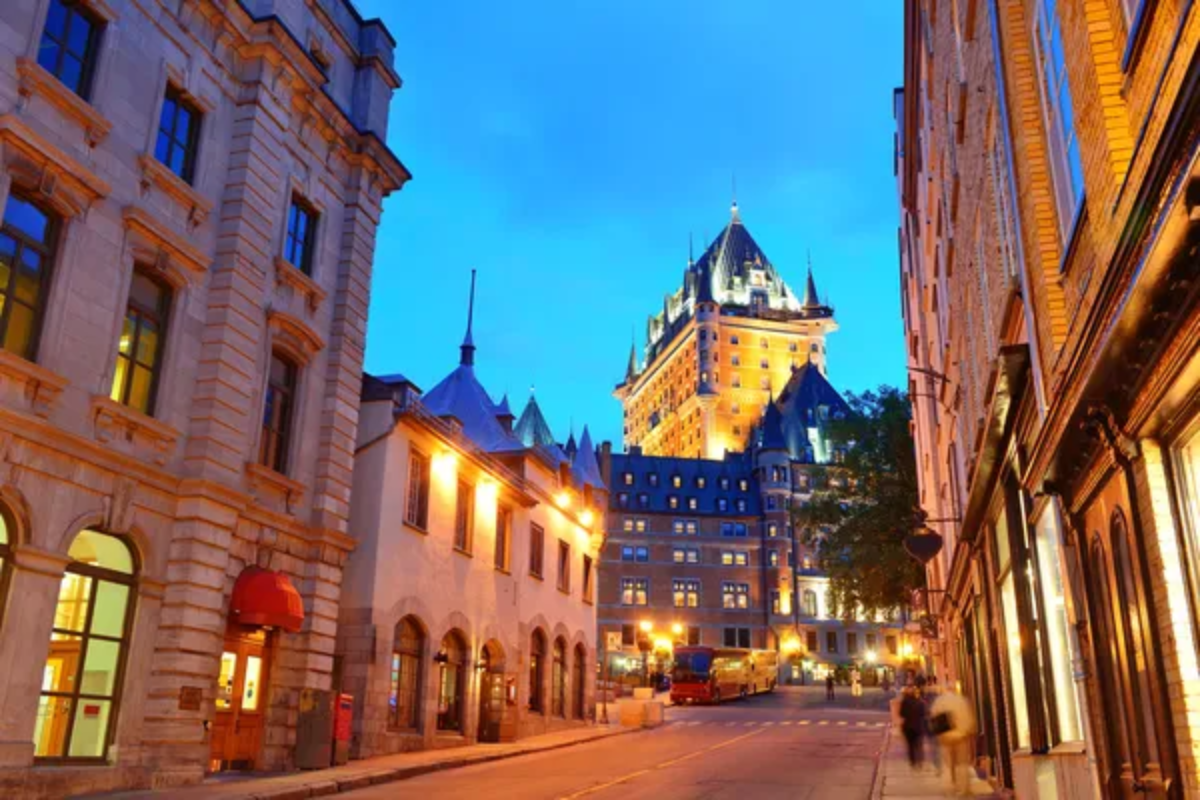
The fortified Old Town, with its distinctly European character, catches particularly dramatic golden hour light during autumn when the surrounding trees add their fiery colors to the scene. The copper roofs that distinguish many historic buildings turn from green to flaming orange when struck by the setting sun.
From the Dufferin Terrace, the view encompasses the St. Lawrence River, which transforms into a golden highway leading toward the horizon. At the same time, the Château Frontenac’s turrets catch the last light of day, appearing as a fairy-tale castle emerging from the darkening lower town.
Seoul, South Korea
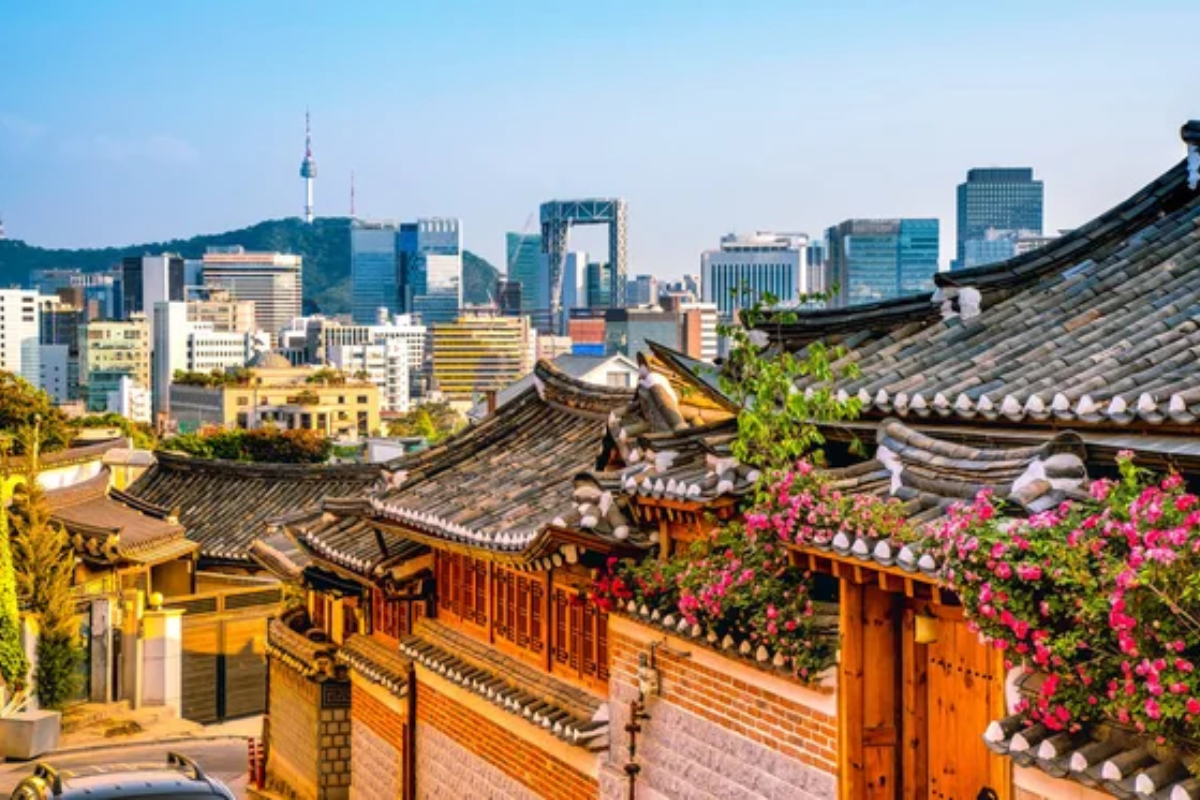
The juxtaposition of ancient palaces against ultra-modern skyscrapers creates a uniquely varied landscape for golden-hour illumination in the Korean capital. Traditional structures like Gyeongbokgung Palace utilize the East Asian architectural understanding of light, with multiple tiled roofs creating rippling patterns of light and shadow.
Simultaneously, the glass facades of Gangnam’s contemporary towers transform into walls of metallic gold, creating dramatic counterpoints to the historic structures’ more subtle glow. The Han River running through the city doubles this spectacle through near-perfect reflections of the illuminated skyline.
Cape Town, South Africa
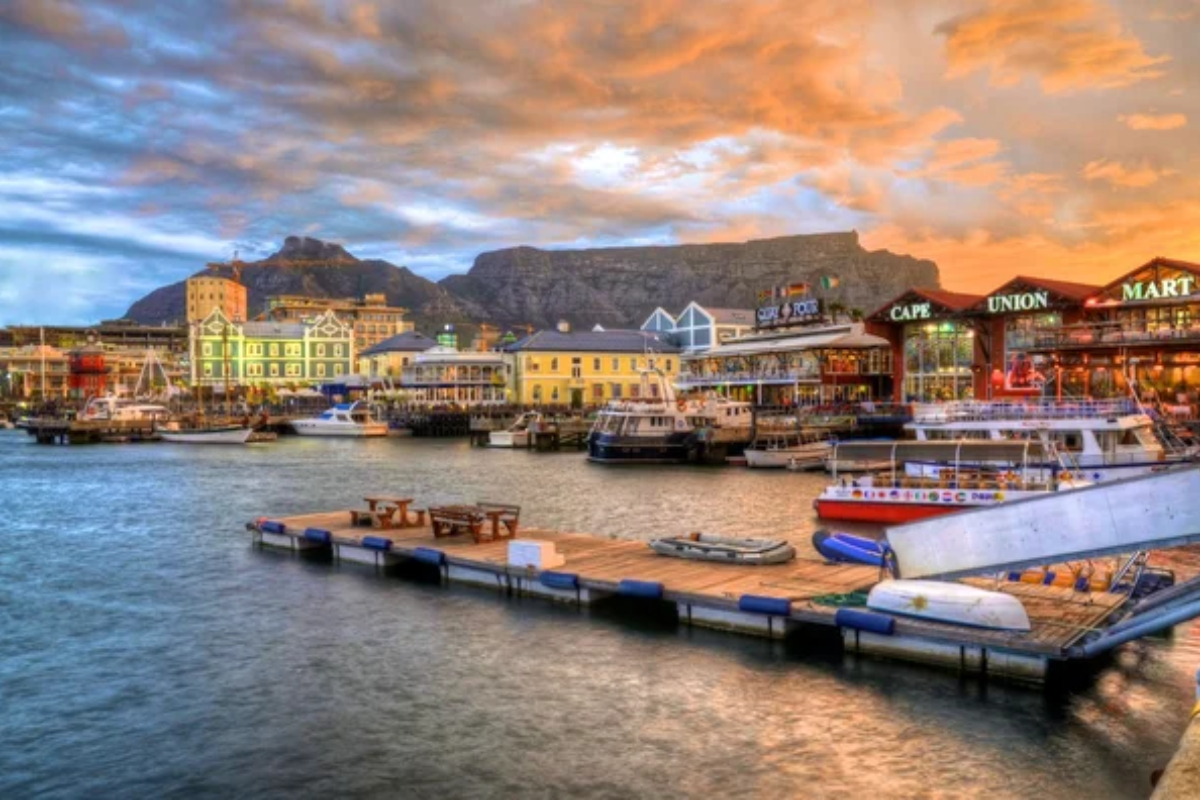
The dramatic setting between Table Mountain and the Atlantic Ocean creates unparalleled conditions for golden-hour photography. The city’s position on South Africa’s western coast means the setting sun illuminates the urban landscape from behind Table Mountain, often creating a strange counter-light as the mountain’s shadow races across the city while buildings still glow with direct sunlight.
From the top of Signal Hill, the entire metropolis appears cast in amber, with the waters of Table Bay intensifying this effect through countless shimmering reflections that extend the golden moment toward the horizon.
Like Travel Pug’s content? Follow us on MSN.
The Ephemeral Magic of Light

What makes these cities so remarkable during golden hour isn’t simply their photogenic quality but how the fleeting nature of this light transforms ordinary urban experiences into extraordinary moments. Local residents often develop an intuitive sense of this daily transformation, creating rituals around sunset walks or morning coffee at vantage points that capture the spectacle.
For travelers, experiencing a new city during golden hour offers insight into how light shapes our perception of place. It reveals the thoughtful positioning of monuments, the careful selection of building materials, and the ways different cultures have honored this daily miracle through architectural choices. These golden moments remind us that sometimes, the most profound travel experiences cost nothing and require only the willingness to be in the right place at the right time.
More from Travel Pug

- 20 Towns Built for One Purpose That Were Later Abandoned
- 15 Hidden Spots in Disney World’s Magic Kingdom Most Visitors Miss
- 20 Once-Popular Beach Towns That Are Now Ghostly Empty
- 15 Canyons in the U.S. That Are Just as Stunning as the Grand Canyon
- 10 Under-the-Radar Mountain Towns That Are Both Affordable and Beautiful
Like Travel Pug’s content? Follow us on MSN.
